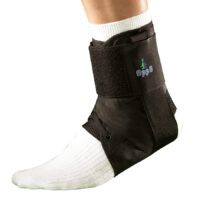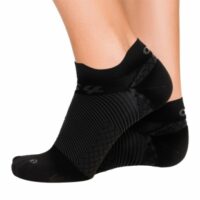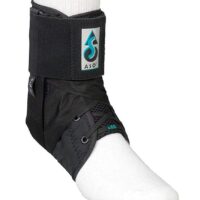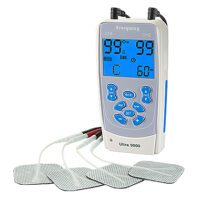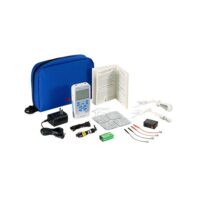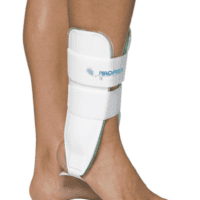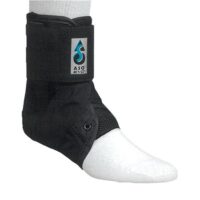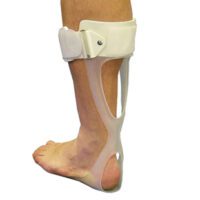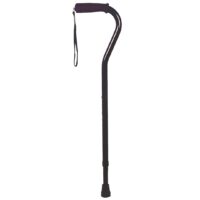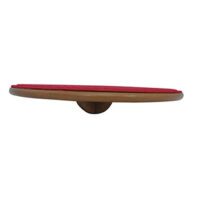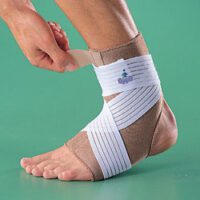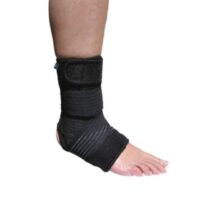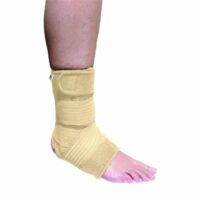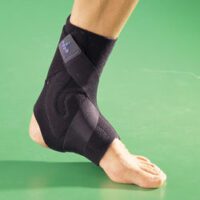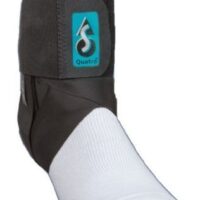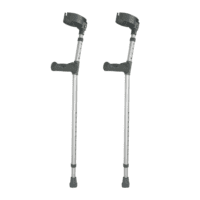Ankle Sprain Prevention
Article by John Miller
How To Prevent Ankle Sprains: A Comprehensive Physiotherapist’s Guide
Ankle Sprain Prevention Tips
Walking astonishingly covers over 128,000 kilometres in a lifetime, equivalent to circling the planet three times. Your ankles and feet are crucial in connecting your body to the ground, making the prevention of ankle sprains vital for maintaining mobility and overall well-being. This guide, enriched with a physiotherapist’s insights, offers advanced strategies to enhance your movement, protect your health, and minimise the risk of ankle sprains.

Strengthening Exercises
Strengthening your leg muscles, especially around the calf and ankle, supports ligaments and improves stability. Balance exercises, such as standing on one leg, significantly enhance ankle stability.
Improve Balance
Improving balance is crucial for preventing ankle sprains. Exercises like single-leg stands, yoga, and tai chi improve balance and reduce the likelihood of falls and injuries.
Proprioception Training
Proprioception, or the body’s ability to sense its position in space, is key for ankle stability. Exercises using wobble boards and balance pads help retrain your proprioception, making your ankles smarter and less prone to sprains.
Speed and Agility Training
Incorporate speed and agility drills to enhance your ankle’s ability to handle quick changes in direction. Ladder and cone drills improve footwork and reduce injury risk.
Neuromuscular Training
Neuromuscular training focuses on improving coordination between your nerves and muscles. Plyometrics and functional movements can significantly reduce the risk of ankle sprains.

Muscle Flexibility
Maintaining muscle flexibility around the ankle and lower limb is essential. Regular stretching, such as calf and hamstring stretches, prevents tight muscles, a common cause of injuries.
Lower Limb and Core Strengthening
Strengthening the muscles of your lower limbs and core stabilises your ankles. Exercises like squats, lunges, and planks support your ankles and contribute to overall body strength and balance.
Joint Range of Motion
Normalising the dorsiflexion range of motion in the ankle is crucial. Dorsiflexion exercises maintain or increase flexibility and range, essential for preventing sprains.
Ankle Strapping and Bracing
Ankle strapping and bracing provide additional support and prevent abnormal movements that can lead to sprains. They are especially useful for individuals with a history of ankle injuries or when engaging in activities with a high risk of sprains. Consult your physiotherapist for advice on the most appropriate type and method of application.
Footwear
Selecting the right footwear is fundamental in preventing ankle sprains. Shoes should provide adequate support, cushioning, and fit well to minimise the risk of injury. For sports and activities, choose footwear designed for specific movements and surfaces to ensure the best protection for your ankles.
The Role of Physiotherapy
Physiotherapists are invaluable in guiding you through the prevention and recovery process. After assessing your ankle, they recommend the best treatment and preventive measures. A tailored exercise programme not only aids in recovery but also equips you with the tools to prevent future injuries.
Conclusion
Ankle sprain prevention is a multifaceted approach involving balance improvement, proprioception exercises, speed and agility training, neuromuscular training, muscle flexibility, lower limb and core strengthening, joint range of motion enhancement, and the strategic use of ankle strapping, bracing, and proper footwear. Consult with a physiotherapist to develop a personalised plan that suits your specific needs and lifestyle. Taking proactive steps towards ankle sprain prevention not only enhances your movement and stability but also contributes to your overall health and well-being.
Related Articles
- Ankle Sprain Guide: Physio Treatment And Prevention Tips – Learn how physiotherapists can guide the recovery from an ankle sprain and prevent future injuries.
- Ankle Strapping: Complete Guide To Injury Prevention – Understand the benefits of ankle strapping and taping for preventing sprains.
- Common Ankle Ligament Injuries: A Physiotherapist’s Guide – Get insights on different types of ankle ligament injuries and prevention strategies.
- Effective Syndesmosis Injury Treatment & Recovery Tips – Explore treatment options and recovery tips for syndesmosis injuries, a specific type of ankle sprain.
- How Do You Know if Your Ankle is Sprained? – Learn about the signs and symptoms of sprained ankles to watch for.
- Heel, Foot, And Ankle Pain: Your FAQs Answered – Gain general information on managing heel, foot, and ankle pain.
- Peroneal Tendinopathy – Understand this condition related to ankle stress and its impact on mobility and quality of life.
- Anterior Ankle Impingement: Causes, Treatments, Tips & Guide – Discover the causes and treatment options for anterior ankle impingement, which can affect ankle mobility.







